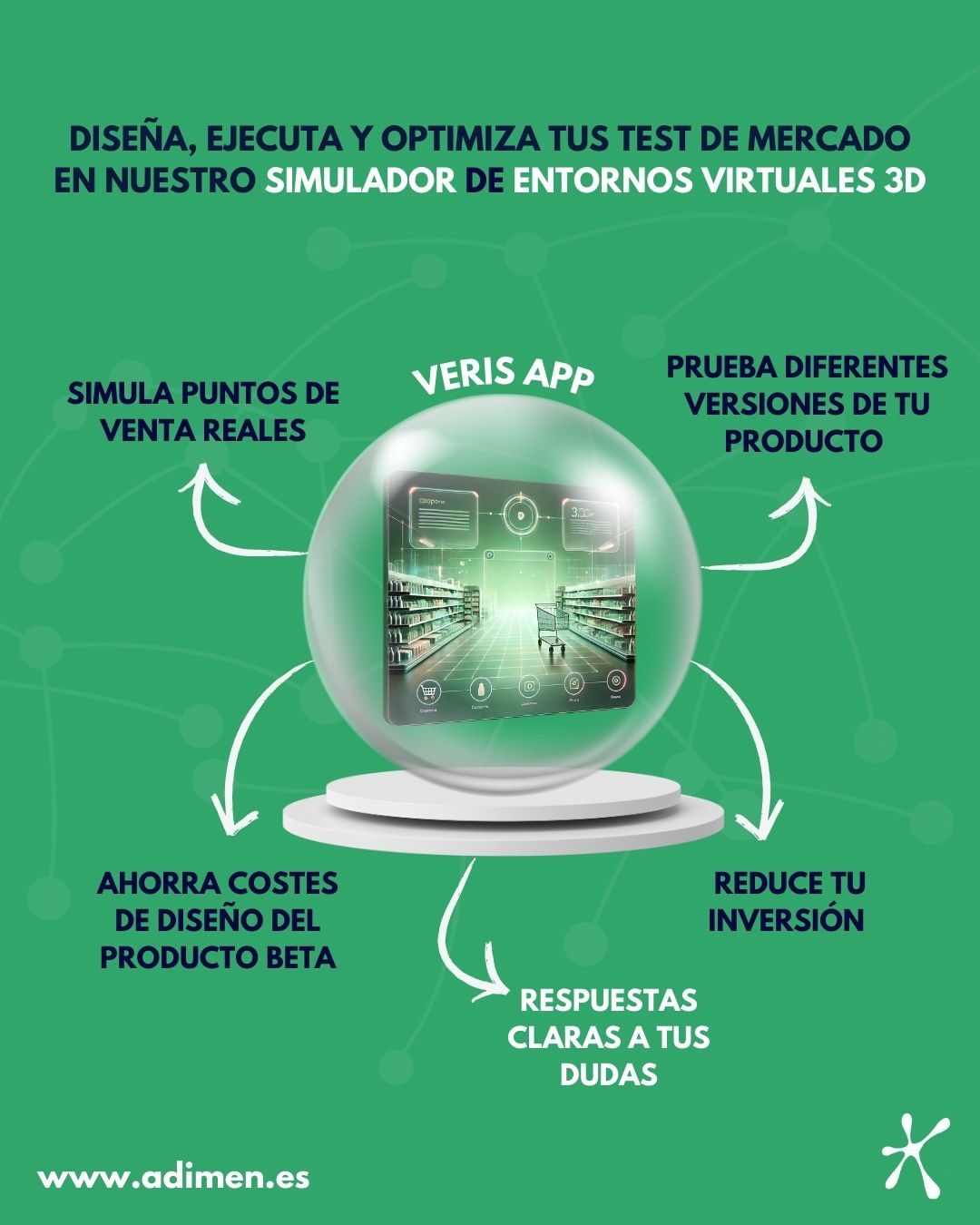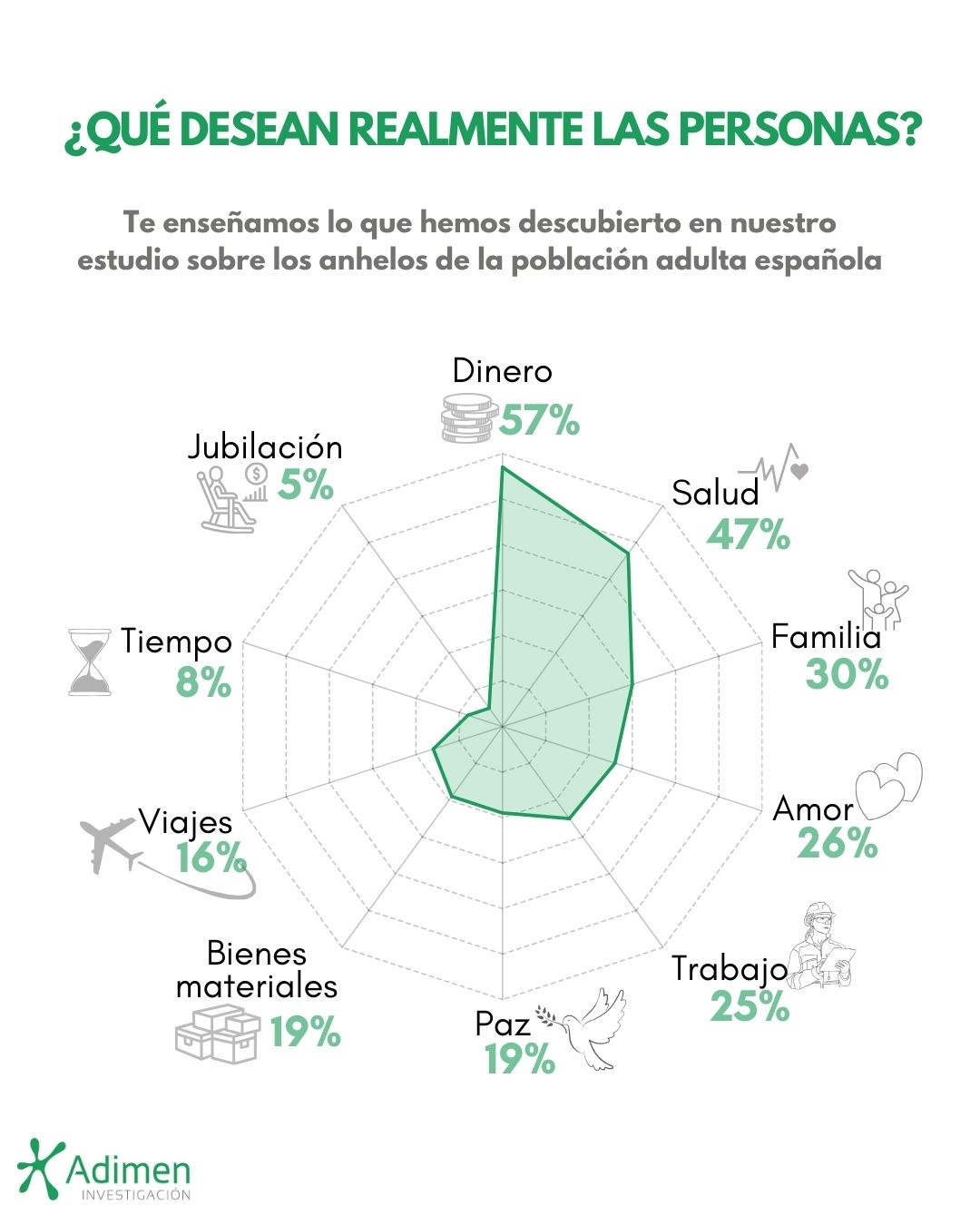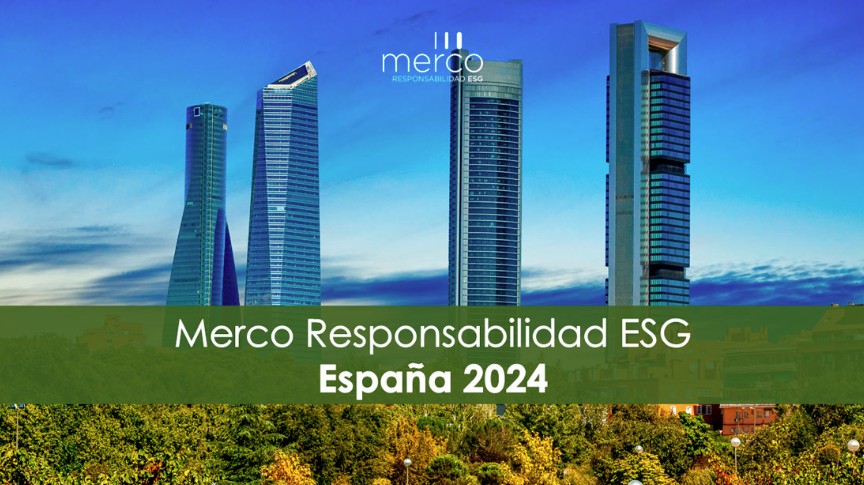In a constantly evolving industry, understanding tourism trends is what makes the difference between adapting late or leading change. It is no longer enough to react to the transformations impacting the industry: the challenge is to anticipate, read the context and turn potential risks into strategic opportunities.
To achieve this, you have to look beyond the numbers. Understanding the traveler – their motivations, expectations and values – is key to designing experiences that truly connect. New generations no longer choose only by destination or price. They are looking for trips that reflect who they are, that respect their principles and integrate with their digital lifestyle.
Influencer tourism: when social networks lead the way
Traveling no longer starts with a guidebook under your arm, but with a scroll on Instagram or TikTok.. Influencer tourism has established itself as one of the major drivers in travelers’ decision making. Today, a destination can go from unknown to essential in a matter of hours thanks to a viral post or a well-told story.
According to a study by Expedia GoodsGetaways (Travel & Leisure), 70% of millennials and Gen Z travelers choose their next destination based on social media posts. They are no longer looking for simple recommendations: they want authentic experiences that align with their interests and that they can share with their community.
Influencers no longer just showcase paradisiacal beaches or iconic monuments, they specialize in specific niches: from local gastronomic tourism, to extreme adventures or getaways focused on wellness. Platforms such as Instagram, TikTok, YouTube and specialized blogs remain the key channels.
Drivers driving this trend in Spain
- Unique and photogenic scenery: cities such as Barcelona or Seville offer iconic landscapes that shine in social networks.
- Events that set the agenda: festivals such as Primavera Sound or the Feria de Abril generate vibrant and authentic content.
- Growing community of creators: influencers such as @viajeroextranjero y @gemelosviajeros inspire thousands of followers on a daily basis.
The challenges of influential tourism in Spain
- Fierce European competition: other European cities have also established themselves as key destinations, driven by social networks, as well as by series and movies of great international impact that have turned them into tourist references.
- Overcrowding in high season: iconic sites may lose exclusivity during tourist peaks.
- Expectations vs. reality: the gap between the projected image and the actual experience generates dissatisfaction among visitors.
- Dream Vacation: trips inspired by the lifestyle of celebrities and influencers. Ibiza and Marbella stand out as premium destinations that offer exclusive experiences and photogenic settings perfect for social media. Luxury accommodations, private yachts and exclusive events are some of the attractions that elevate these destinations.
- Bucket List Destinations: Iconic places such as the Sagrada Familia or the Caminito del Rey continue to attract travelers, and for many are considered “once in a lifetime” destinations.

Digital nomads: when work and travel meet
Remote work is no longer a passing trend but a way of life that is transforming the travel industry. Today, millions of professionals do not need a fixed office and choose to work from cities that combine connectivity, quality of life and unique experiences.
It is estimated that this year there will be more than 35 million digital nomads in the world. Spain has established itself as one of their favorite destinations thanks to its privileged climate, quality of life and the digital nomad visa lawwhich facilitates temporary residence. Platforms such as Nomad List, Remote Year or LinkedIn have become key meeting points for these communities.
Why is Spain leading this trend?
- Developed coworking ecosystems: cities such as Barcelona, Valencia and Malaga stand out for their offer of shared spaces.
- Favorable legal framework: the visa law facilitates temporary residence for digital nomads.
- Active communities: places like Las Palmas de Gran Canaria have vibrant networks of nomads.
The challenges of labor tourism in Spain
- Rising cost of living: cities such as Barcelona and Madrid are experiencing increases in rents.
- Global competition: Destinations such as Bali or Portugal offer more affordable alternatives.
Emerging microtrends:
- Workations: Combining work and vacation is now a priority for many digital nomads. Cities such as Barcelona and Valencia offer packages that include accommodation with coworking spaces, local activities and services that allow a seamless integration between leisure and productivity.
- Co-working in exotic destinations: Shared workspaces in exotic environments. paradisiacal resorts are booming. Gran Canaria and the Costa del Sol stand out for offering modern infrastructures together with natural landscapes. The new system allows nomads to work in a relaxing environment without sacrificing connectivity.
The rise of luxury tourism: when exclusivity gets personal
The concept of luxury has evolved. It is no longer about ostentation, but about personalized experiences, focused on privacy and quality. The premium traveler is looking for more than just five-star stays: he or she wants unique experiences. unique experiencesaway from mass tourism.
From boutique hotels to private dining experiences, luxury tourism prioritizes authentic connection and attention to detail.
Why does Spain shine on the luxury map?
- Iconic destinations on the rise: Marbella and Ibiza continue to establish themselves as benchmarks of luxury.
- Premium gastronomy: increased private culinary experiences with renowned chefs.
- Privacy as a priority: resorts and private villas guarantee total disconnection.
Challenges of luxury tourism in Spain
- Risk of overcrowding: inadequate management may affect exclusivity.
- European competition: regions such as the French Riviera continue to attract the premium traveler.
Emerging microtrends:
- Quiet luxury: this trend is all about discreet, yet high quality premium experiences. Travelers are looking for exclusive services that don’t scream luxury, such as boutique hotel stays, personalized wellness treatments and private dining away from the hustle and bustle of tourism.
- Privacy tourism: the desire for total disconnection drives this trend. Travelers opt for private islands, secluded villas and destinations such as the coast of Menorca, which offer an exclusive retreat away from the crowds and media spotlight.
Connect with the future of tourism: turning data into opportunities
Anticipating trends is no longer optional. It is the key for any tourism business looking to stand out. Understanding what drives travelers and how their expectations evolve is essential to designing impactful strategies.
At Nethodology, we go beyond the superficial data. We analyze the entire traveler journey, from inspiration to final experience, to discover what motivates them and how you can best connect with them.
Thanks to our expertise in Social Intelligence, we unravel emerging patterns, detect micro-trends and analyze the factors that really impact your destination or business. All this with a clear focus: to offer you actionable insights that help you transform market changes into real opportunities. Ready to lead the change?




